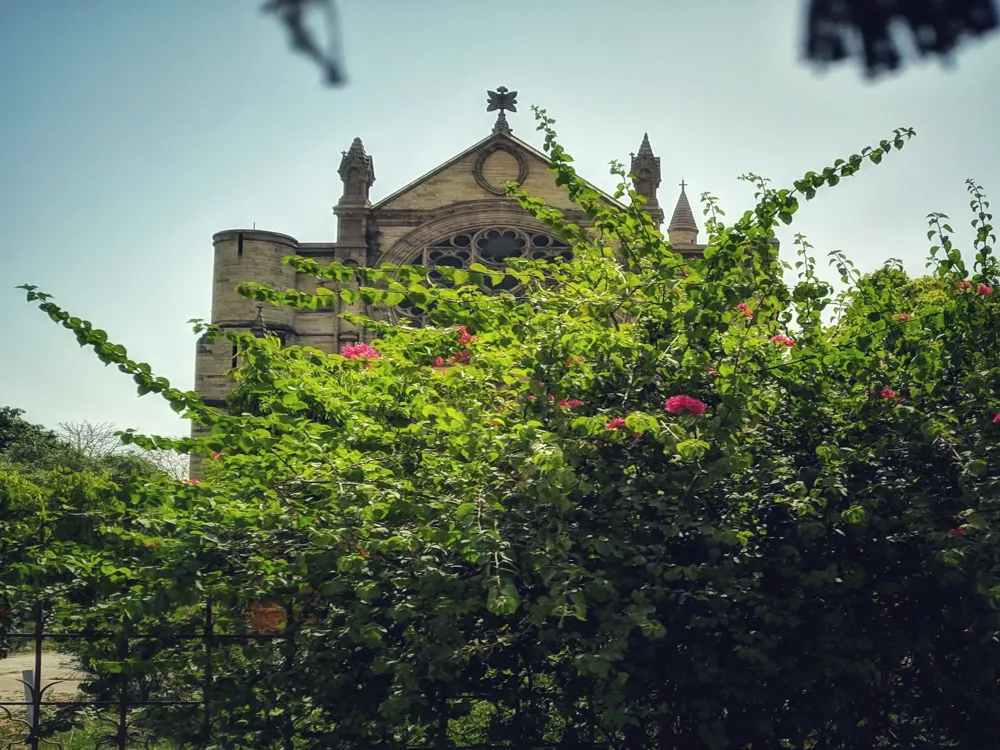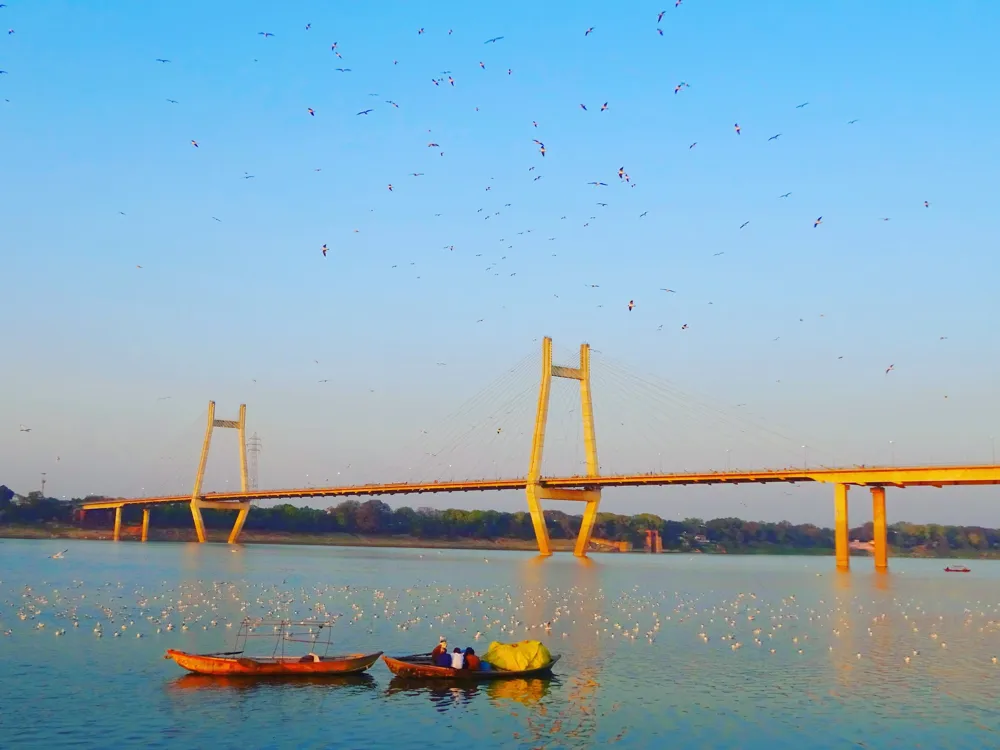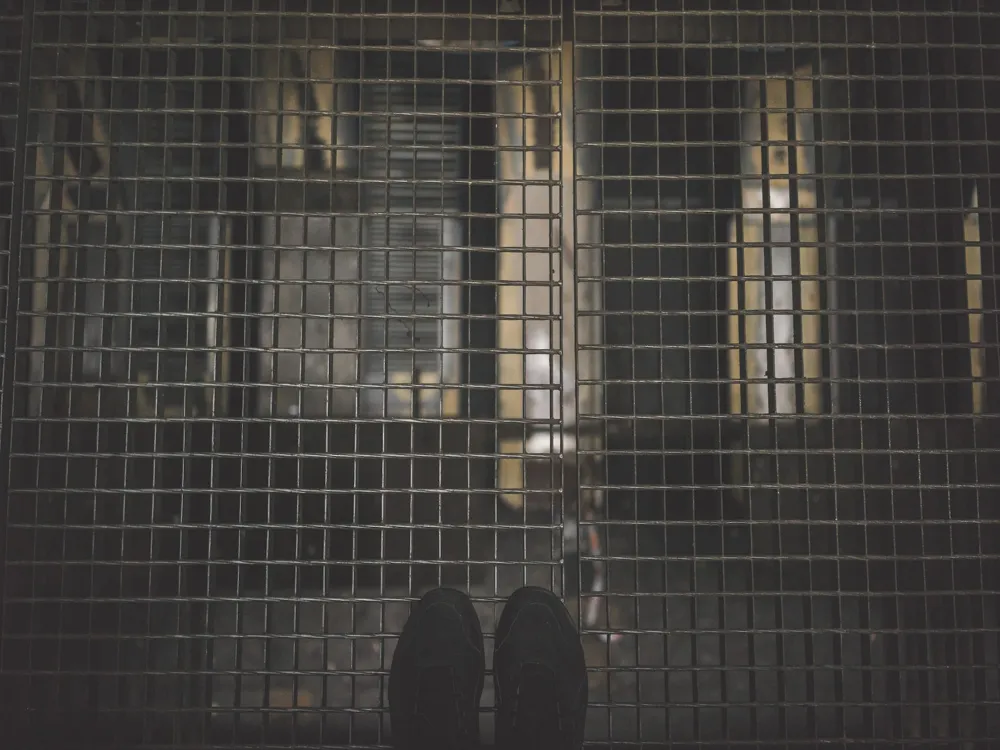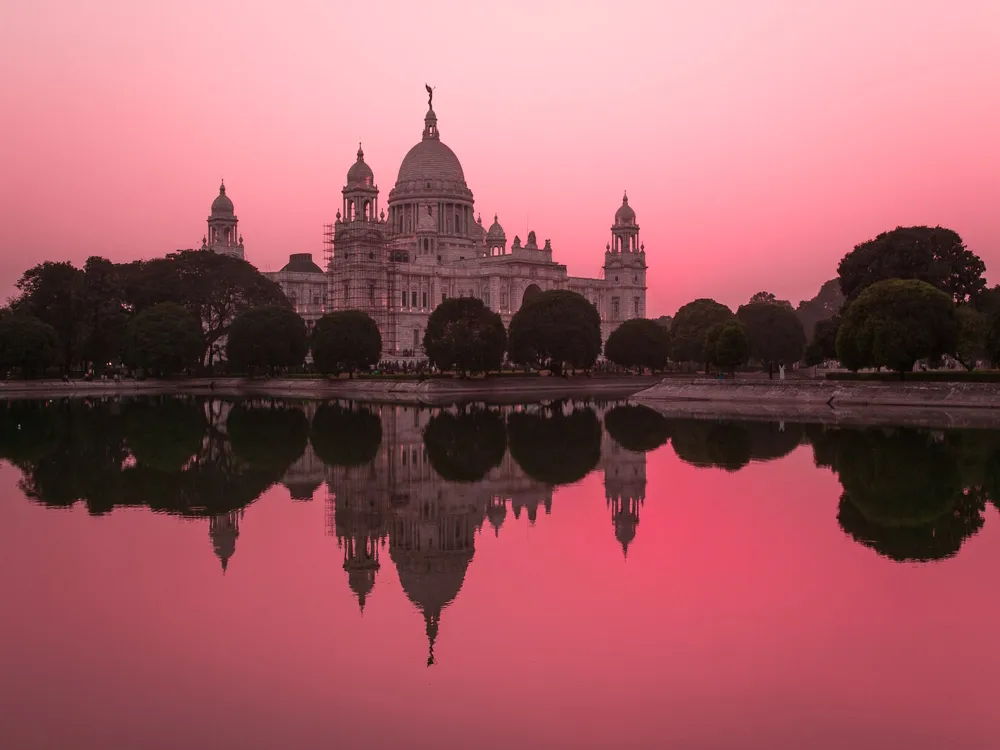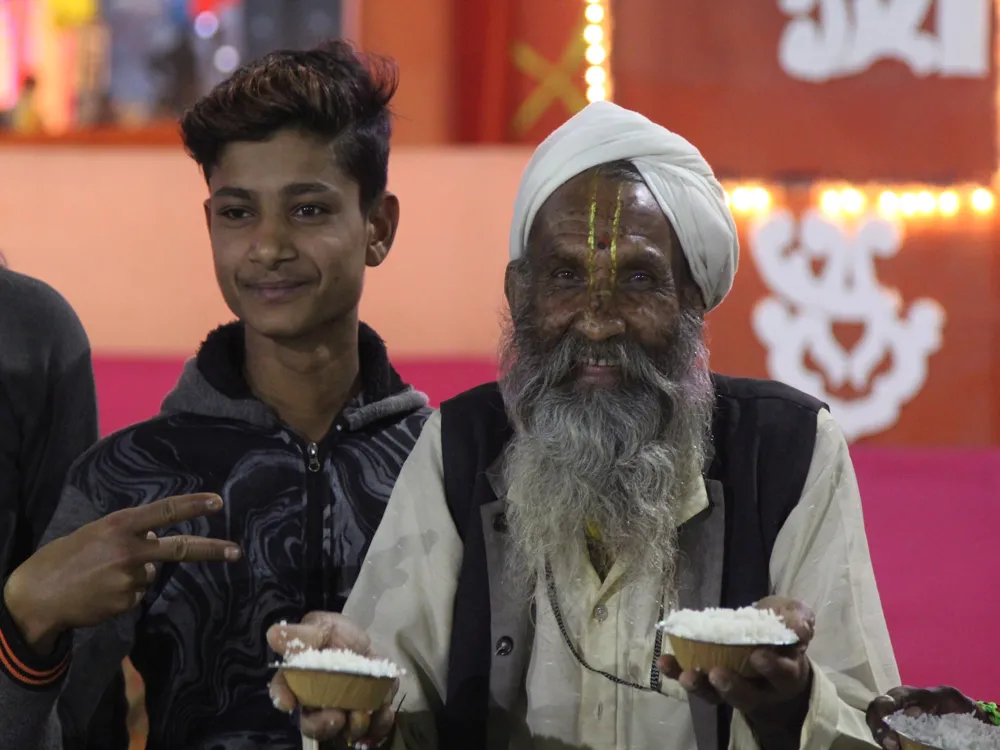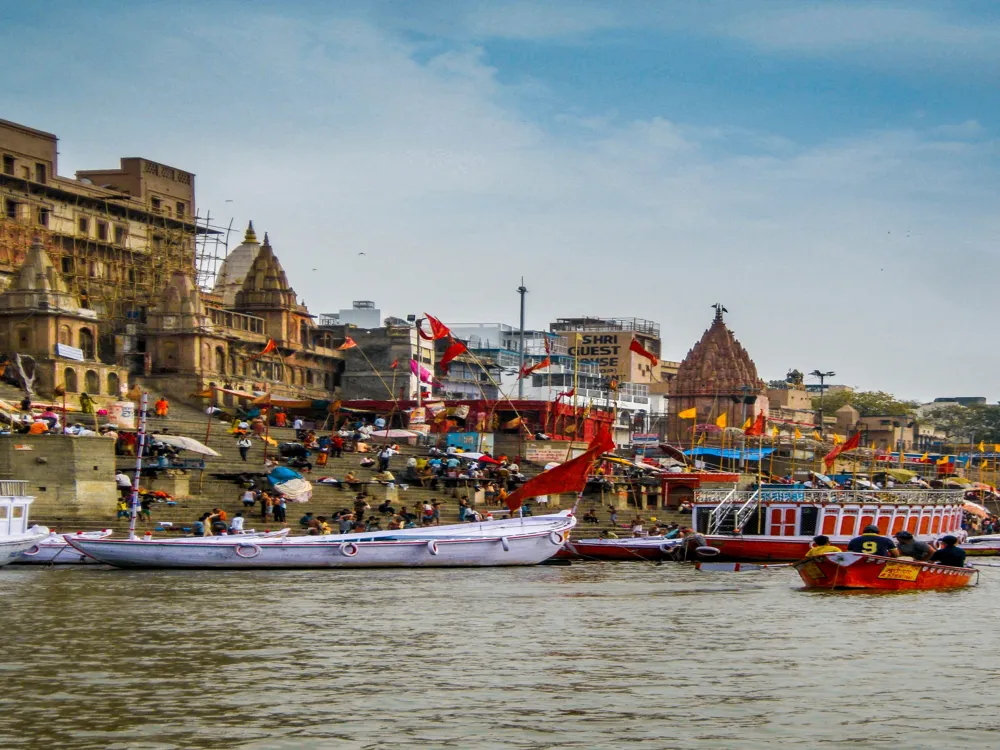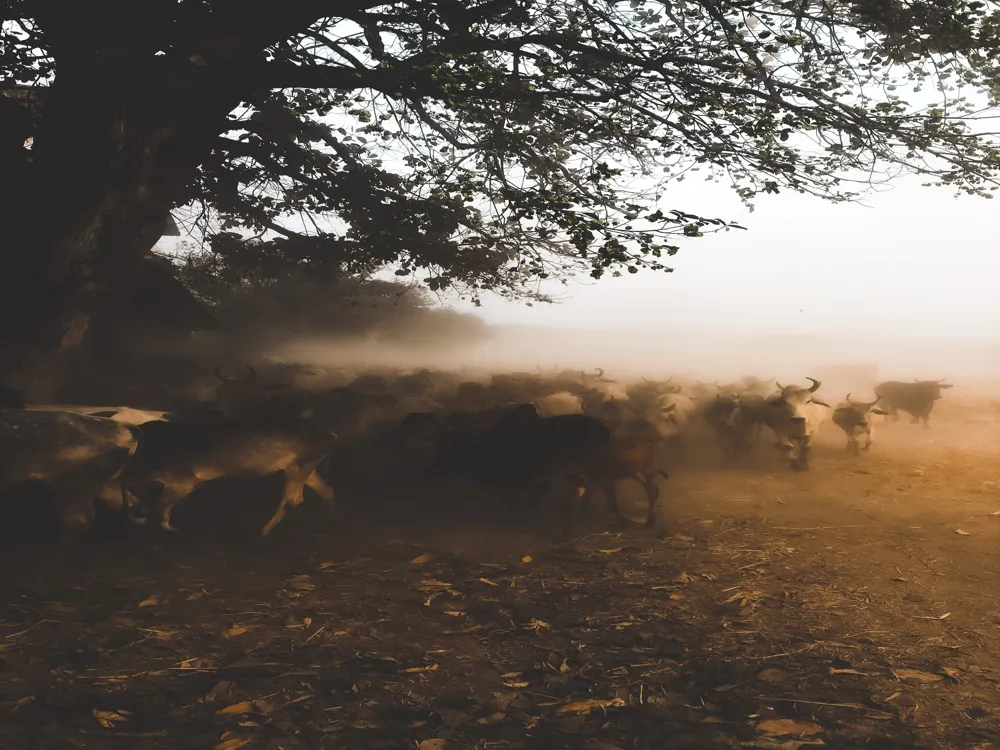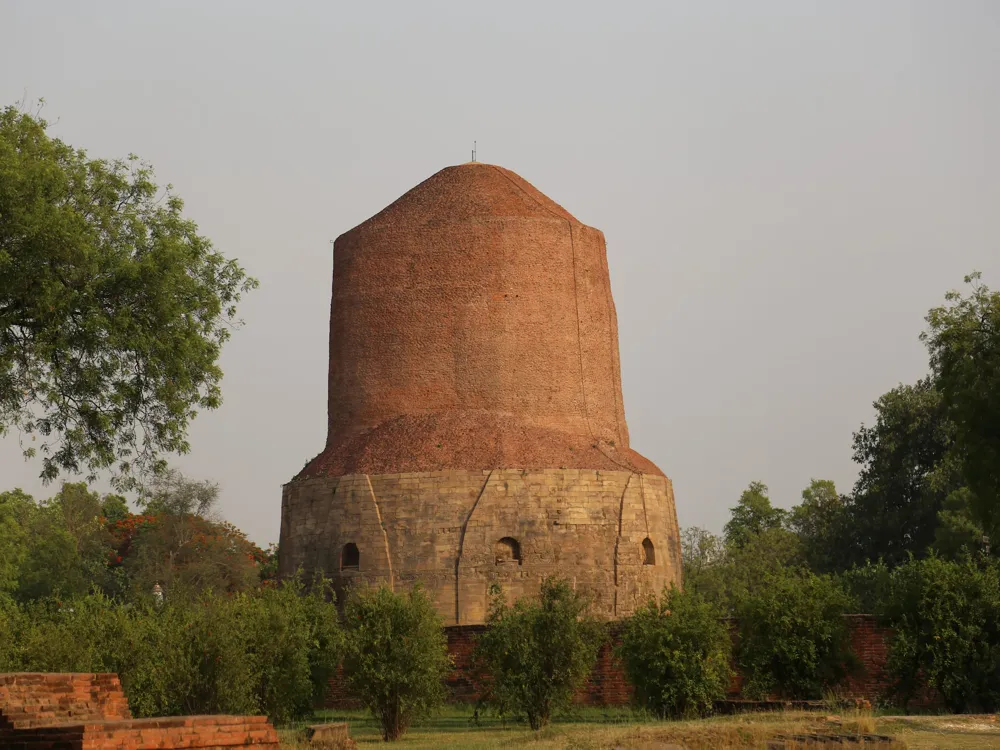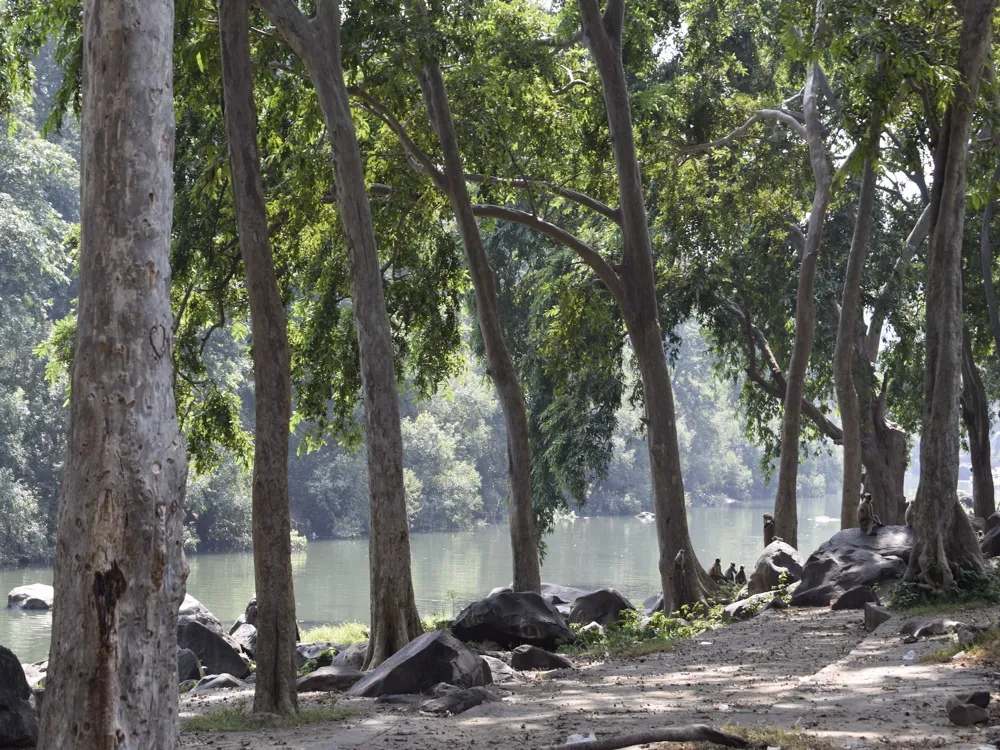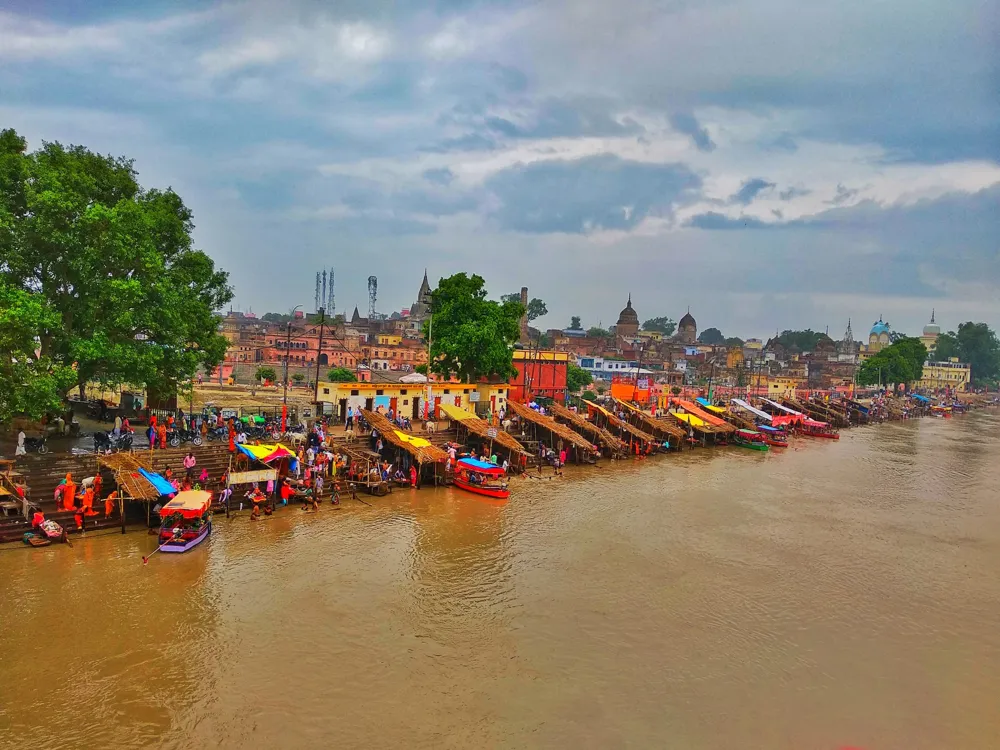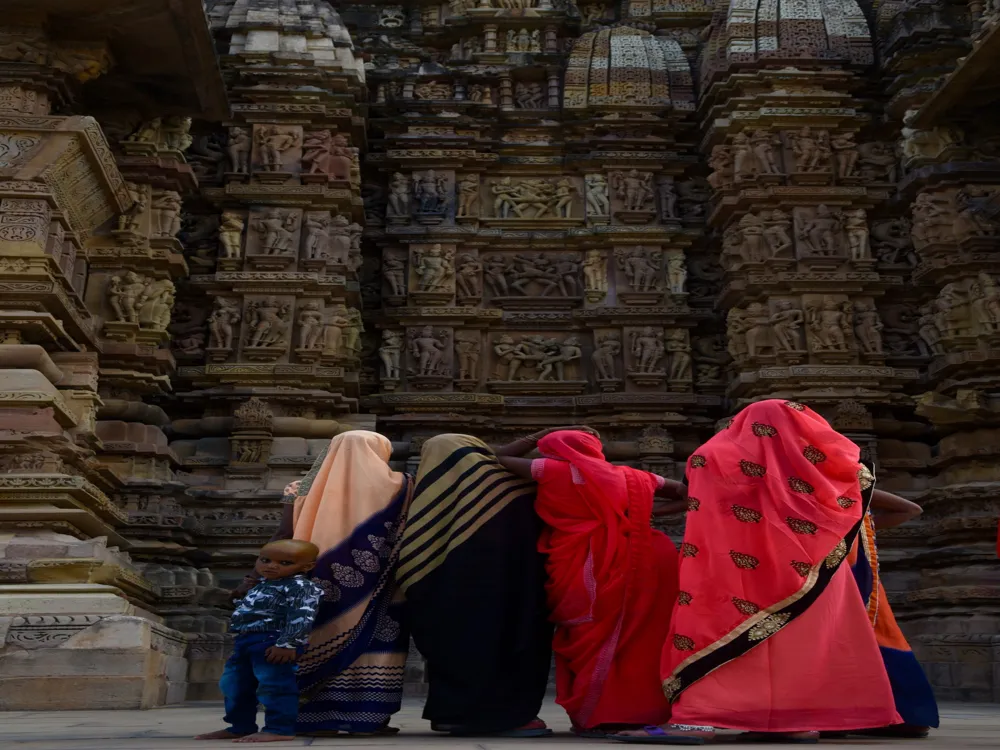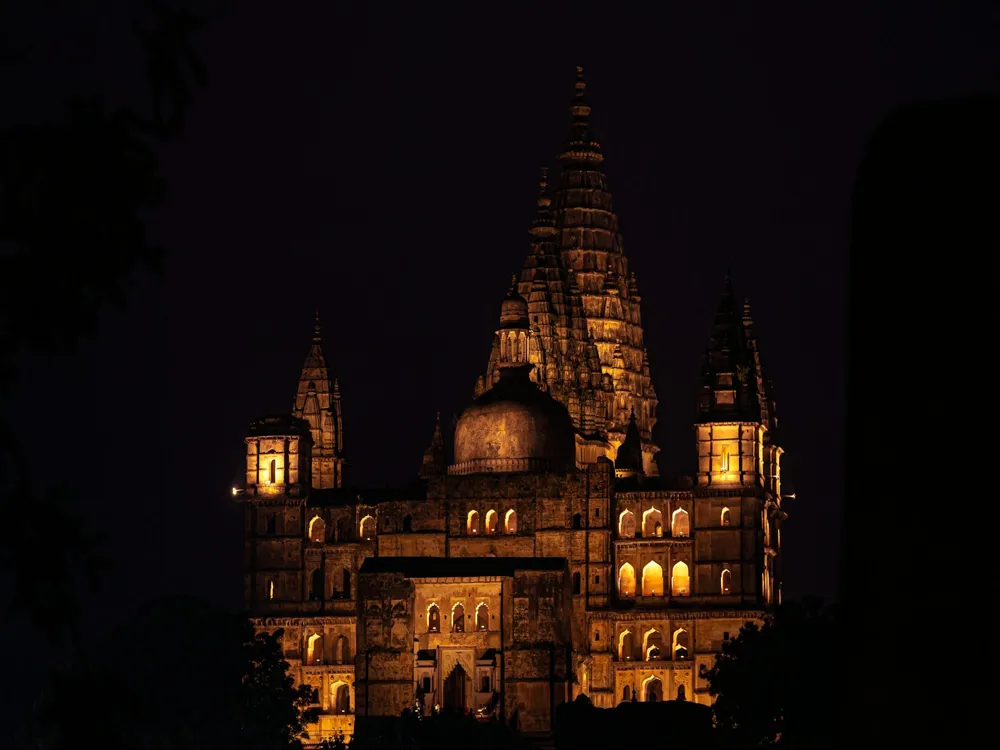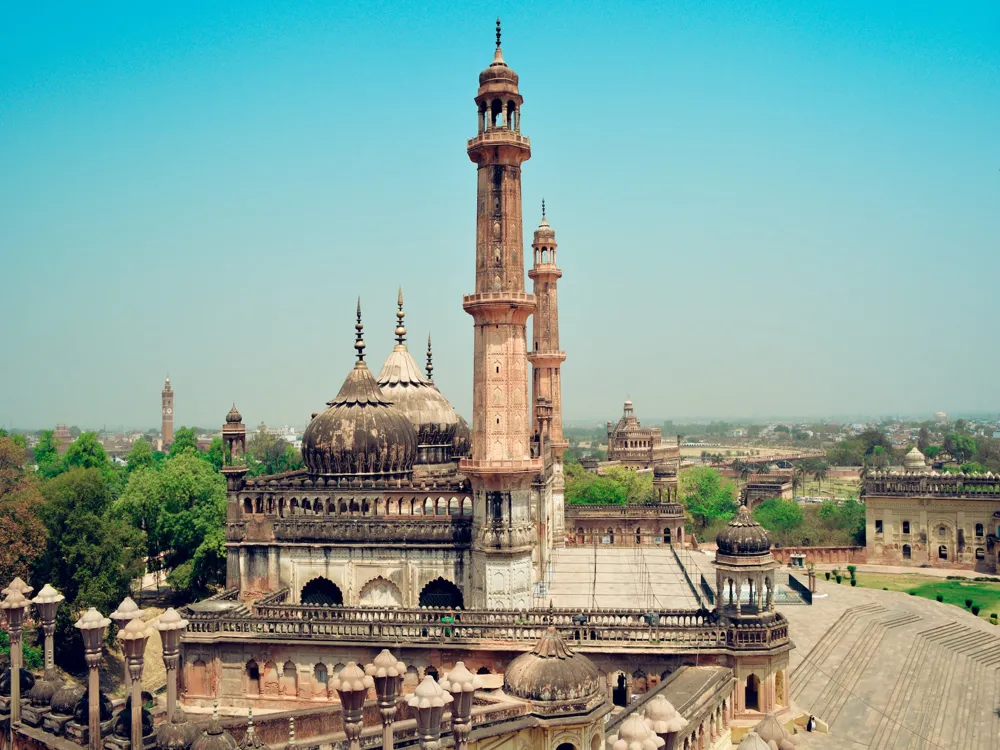The Prayag Kumbh Mela, held in the historic city of Allahabad (now Prayagraj), Uttar Pradesh, is not just a religious gathering but a confluence of cultures, spirituality, and history. This grand event, celebrated at the sacred confluence of the Ganges, Yamuna, and the mythical Saraswati rivers, is one of the world's largest peaceful gatherings. The Kumbh Mela's origin is steeped in Hindu mythology and revolves around the pursuit of immortality and power, symbolized by the 'amrit,' or nectar of immortality. This celestial event is marked by millions of pilgrims and ascetics who come to take a holy dip in the confluence, known as 'Sangam,' believing it will cleanse their souls and bring salvation. The Kumbh Mela is not just a day's affair; it spans over months, with different important dates marked for holy dips, each carrying its own significance. The city transforms into a spiritual hub, hosting various religious and cultural activities. The essence of the Kumbh Mela is its inclusiveness, transcending beyond mere religious boundaries and embracing people from all walks of life, offering a unique blend of spiritual and cultural experiences. The history of the Prayag Kumbh Mela dates back to ancient times and is intertwined with Hindu mythology. According to legend, the Kumbh Mela commemorates the epic battle between the gods and demons over the sacred pitcher (Kumbh) containing the nectar of immortality. During this struggle, drops of nectar fell at four places: Allahabad, Haridwar, Ujjain, and Nashik. This mythological event is believed to have infused these places with spiritual power, attracting devotees for centuries. The mythological roots of the Kumbh Mela are found in the Hindu scriptures, where the story of 'Samudra Manthan' or the churning of the ocean is narrated. This event signifies the eternal struggle between good and evil and the quest for immortality. The Kumbh Mela is a living embodiment of these ancient tales and philosophies, bringing them to life every few years. The timing of the Kumbh Mela is determined based on a complex astrological calculation. It is believed that during the Kumbh, the waters of the Sangam are infused with purifying and rejuvenating properties due to the unique alignment of celestial bodies. This alignment is said to replicate the mythological celestial alignment during the churning of the ocean. The architecture of the Prayag Kumbh Mela is a marvel of temporary city planning and sustainability. Every iteration of the Kumbh Mela sees the transformation of the riverbanks into a sprawling, well-organized city, capable of housing millions of pilgrims. The temporary city is meticulously planned, with sectors, roads, bridges, bathing ghats, hospitals, sanitation facilities, and security measures. One of the most striking features of the Kumbh Mela's architecture is its blend of the ancient and the modern. The layout respects traditional Hindu architectural principles, such as Vastu Shastra, while incorporating modern amenities and technologies. This unique combination ensures a harmonious balance between spiritual needs and practical necessities. The planning and design of the Kumbh Mela are overseen by government bodies in collaboration with various stakeholders. The layout is designed to cater to massive crowds, ensuring smooth movement, safety, and accessibility. The design includes temporary but robust structures, like pontoon bridges, which are marvels of engineering in themselves. Sustainability is a critical aspect of the Kumbh Mela's architecture. The planning involves eco-friendly practices, waste management systems, and water conservation methods. The aim is to leave minimal environmental footprint despite the scale of the event. The Kumbh Mela is not just a display of architectural prowess but also a canvas for artistic and cultural expressions. The tents, banners, and hoardings are often adorned with religious and cultural motifs, showcasing the rich tapestry of Indian traditions. The blend of art and architecture creates an immersive spiritual and cultural experience for the visitors. When planning to visit the Prayag Kumbh Mela, consider the timing of your visit to coincide with key events like the main bathing dates. It's advisable to book accommodations well in advance and be prepared for large crowds and basic amenities in the temporary accommodations. Given the scale of the event, personal safety and security are paramount. Keep your belongings secure, be aware of your surroundings, and follow the guidelines set by the authorities. It's also wise to have a meet-up plan in case you get separated from your group. Respect the local customs and traditions. Dress modestly, be mindful of the sanctity of the place, and seek permission before photographing people or religious ceremonies. Maintain personal hygiene, drink purified water, and eat at reputable places to avoid health issues. Given the large crowds, it's also advisable to carry basic first-aid and medications. Prayagraj is well-connected by road, rail, and air. The city's railway station and airport are connected to major cities in India. During the Kumbh Mela, additional transport services and facilities are provided by the government to facilitate the movement of pilgrims. Local transportation within the city includes buses, taxis, and auto-rickshaws, which can be used to reach the Kumbh Mela site. Read More: Overview of Prayag Kumbh Mela in Allahabad, Uttar Pradesh
History and Significance
Mythological Roots
Astronomical Significance
Architecture of Prayag Kumbh Mela
Planning and Design
Sustainability and Environment
Artistic and Cultural Expressions
Tips When Visiting Prayag Kumbh Mela
Planning Your Visit
Safety and Security
Cultural Etiquette
Health and Hygiene
How To Reach Prayag Kumbh Mela
Prayag Kumbh Mela
Allahabad
Uttar Pradesh
NaN onwards
View allahabad Packages
Allahabad Travel Packages
View All Packages For Allahabad
Top Hotel Collections for Allahabad

Private Pool

Luxury Hotels

5-Star Hotels

Pet Friendly
Top Hotels Near Allahabad
Other Top Ranking Places In Allahabad
View All Places To Visit In allahabad
Faq on Allahabad
What is Prayag Kumbh Mela Allahabad?
Prayag Kumbh Mela Allahabad is a massive Hindu pilgrimage and festival held at the confluence of the Ganges, Yamuna, and Sarasvati rivers in Allahabad, India.
When does Prayag Kumbh Mela Allahabad take place?
Prayag Kumbh Mela Allahabad is held periodically every twelve years. However, there are also Ardh (half) Kumbh Melas held every six years and Maha (great) Kumbh Melas every 144 years.
What is the significance of Prayag Kumbh Mela Allahabad?
Prayag Kumbh Mela Allahabad holds immense religious significance for Hindus. It is believed that taking a dip in the holy waters during the Mela cleanses one's sins and leads to salvation.
How many people attend Prayag Kumbh Mela Allahabad?
The attendance at Prayag Kumbh Mela Allahabad can vary greatly depending on the year, but it typically attracts millions of pilgrims and tourists from all over the world.
What activities can one expect at Prayag Kumbh Mela Allahabad?
The Mela offers a wide range of activities including holy dips in the rivers, religious ceremonies, cultural performances, spiritual discourses, and various exhibitions.
View allahabad Packages
Allahabad Travel Packages
View All Packages For Allahabad
Top Hotel Collections for Allahabad

Private Pool

Luxury Hotels

5-Star Hotels

Pet Friendly
Top Hotels Near Allahabad
Other Top Ranking Places In Allahabad
Faq on Allahabad
What is Prayag Kumbh Mela Allahabad?
Prayag Kumbh Mela Allahabad is a massive Hindu pilgrimage and festival held at the confluence of the Ganges, Yamuna, and Sarasvati rivers in Allahabad, India.
When does Prayag Kumbh Mela Allahabad take place?
Prayag Kumbh Mela Allahabad is held periodically every twelve years. However, there are also Ardh (half) Kumbh Melas held every six years and Maha (great) Kumbh Melas every 144 years.
What is the significance of Prayag Kumbh Mela Allahabad?
Prayag Kumbh Mela Allahabad holds immense religious significance for Hindus. It is believed that taking a dip in the holy waters during the Mela cleanses one's sins and leads to salvation.
How many people attend Prayag Kumbh Mela Allahabad?
The attendance at Prayag Kumbh Mela Allahabad can vary greatly depending on the year, but it typically attracts millions of pilgrims and tourists from all over the world.
What activities can one expect at Prayag Kumbh Mela Allahabad?
The Mela offers a wide range of activities including holy dips in the rivers, religious ceremonies, cultural performances, spiritual discourses, and various exhibitions.








